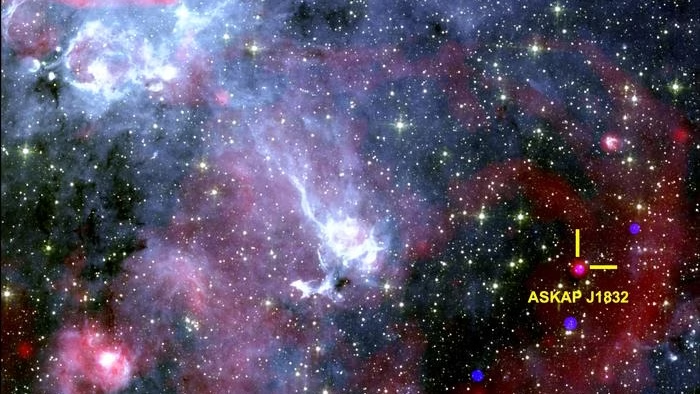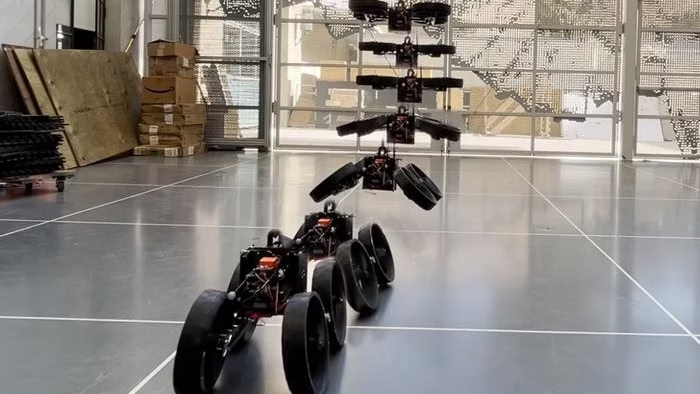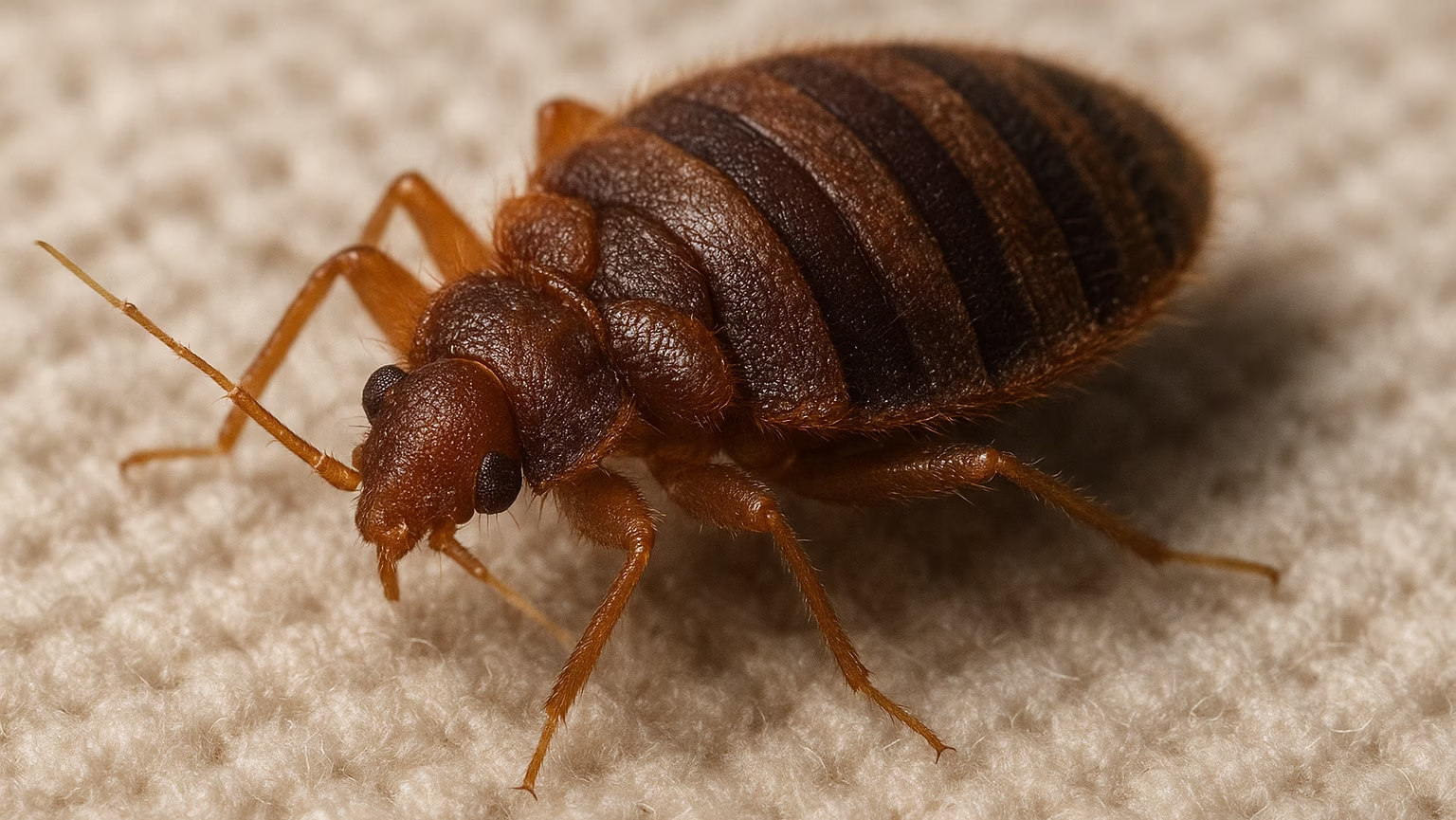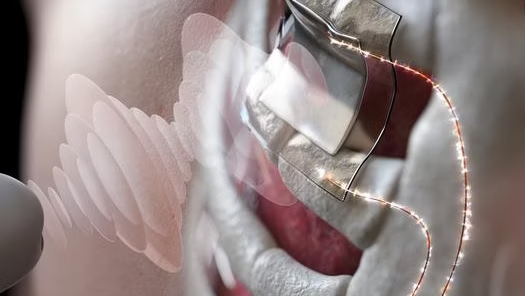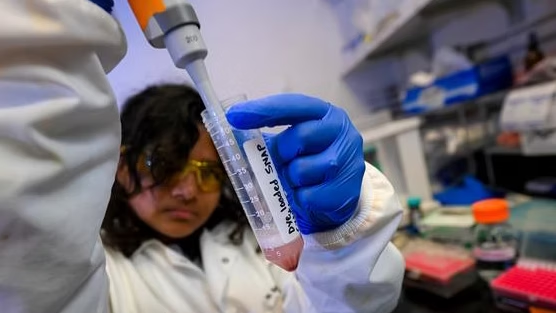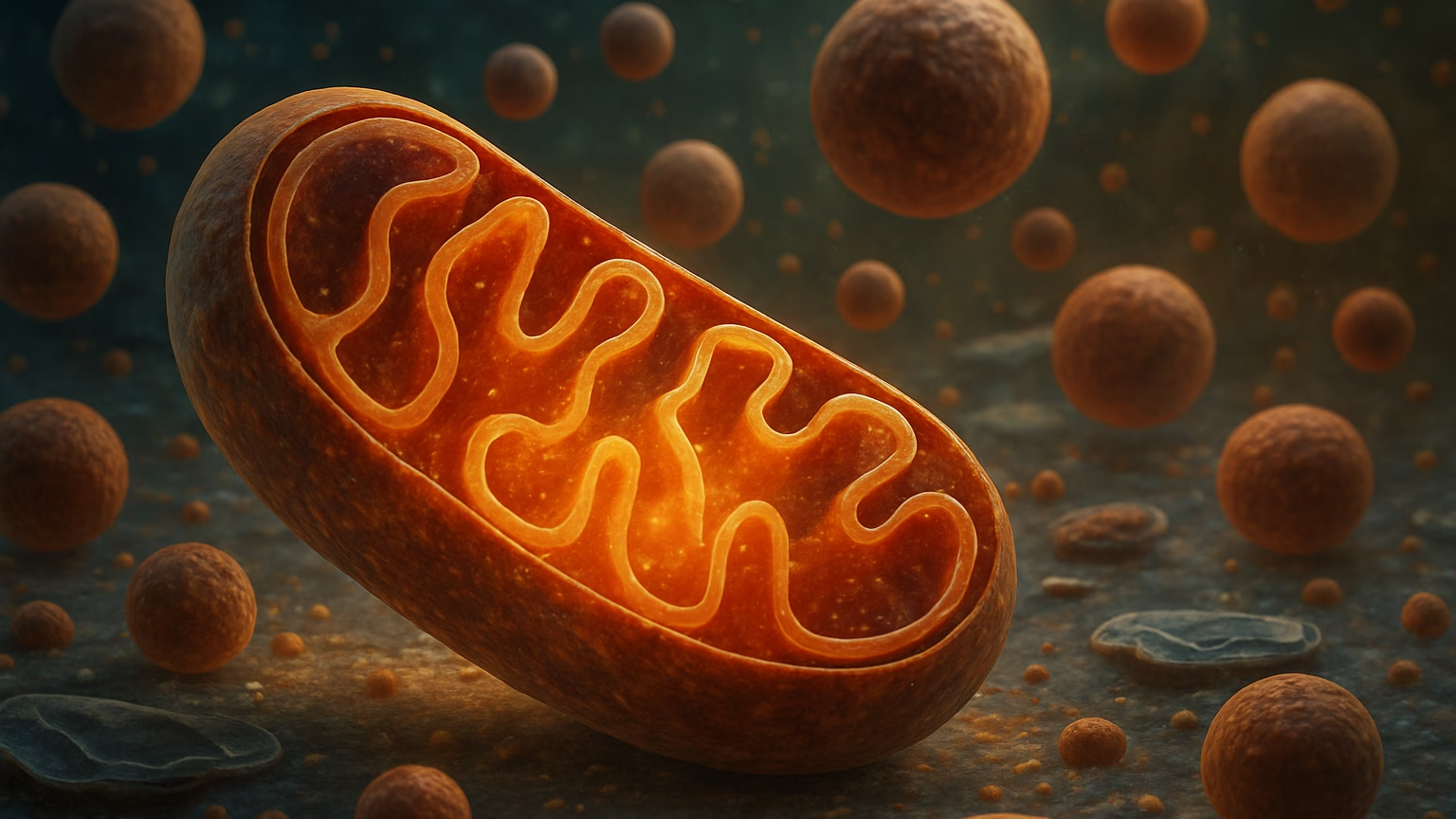From Karlsruhe Institute of Technology (KIT) 03/06/24. Title by Superinnovators.
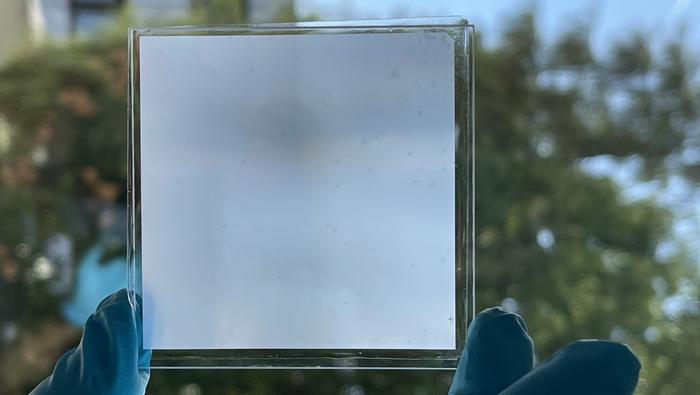
Maximizing natural light in buildings is popular and can save on energy costs.
However, traditional glass roofs and walls also present problems such as glare, lack of privacy, and overheating.
Alternative solutions, such as coatings and light-diffusing materials, have not yet provided a comprehensive remedy.
New Material Combines Multiple Functions
Researchers at the Institute for Microstructure Technology (IMT) and the Light Technology Institute (LTI) at KIT have now developed a novel polymer-based metamaterial that combines various properties and could replace glass components in construction in the future.
This Polymer-based Micro-Photonic Multi-Functional Metamaterial (PMMM) consists of microscopic pyramids made of silicone.
These micro-pyramids measure about ten micrometers, which is about one-tenth the diameter of a hair.
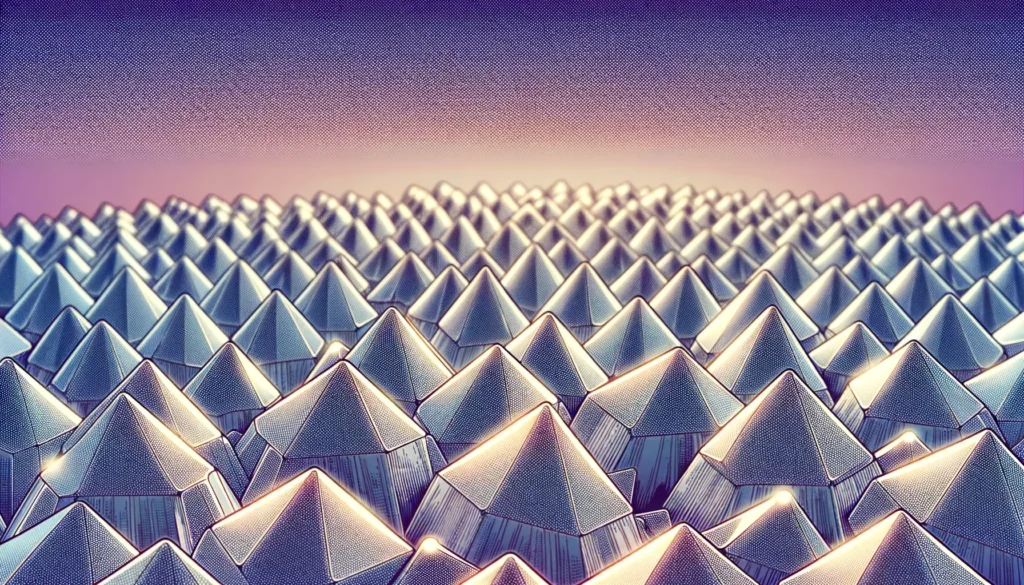
This design gives the PMMM film several functions: light diffusion, self-cleaning, and radiative cooling while maintaining a high level of transparency.
“A key feature is the ability to efficiently radiate heat through the Earth’s atmosphere’s long-wave infrared transmission window, releasing heat into the cold expanse of the universe.”
“This allows for passive radiative cooling without electricity consumption,” explains Bryce S. Richards, Professor at IMT and LTI.
Superinnovators Gadgets: Dental Water Flosser
To help make our Innovation Journalism sustainable we receive affiliate marketing commission if you purchase our curated gadget through our links. Grateful for your support.
Cooling, Light-Transmissive, and Glare-Free
In the lab and in experiments under open skies under real outdoor conditions, the researchers tested the material’s properties and measured its light transmittance, light scattering, reflection properties, self-cleaning ability, and cooling performance using modern spectrophotometry.
The results: The tests achieved cooling of 6 °C compared to the ambient temperature.
Additionally, the material showed a high spectral transmittance, or transparency, of 95 percent.
In comparison, glass typically has a transparency of 91 percent.
At the same time, the micro-pyramid structure scatters 73 percent of the incoming sunlight, resulting in a blurry appearance.
“When the material is used in roofs and walls, it allows for bright yet glare-free and privacy-protected indoor spaces for work and living.”
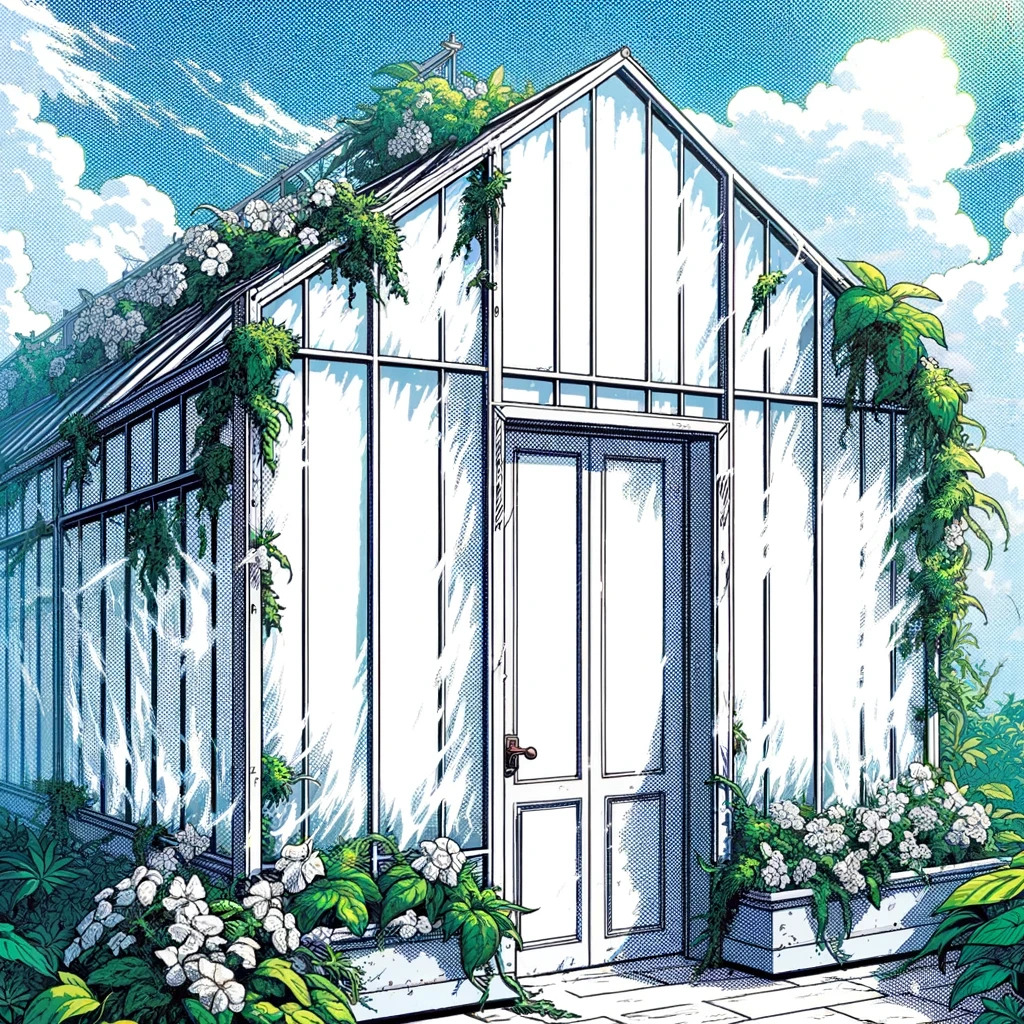
“In greenhouses, the high light transmittance could increase yields because the photosynthesis efficiency is estimated to be nine percent higher than in greenhouses with glass roofs,” says Gan Huang, a Group Leader at IMT.
The micro-pyramids also give the PMMM film superhydrophobic properties, similar to a lotus leaf: water beads up in droplets and removes dirt and dust from the surface.
This self-cleaning function makes the material easy to maintain and durable.
Potential for Construction and Urban Development
“Our newly developed material has the potential to be used in various areas and makes a significant contribution to sustainable and energy-efficient architecture,” explains Richards.
“The material can simultaneously optimize the use of sunlight indoors, provide passive cooling, and reduce reliance on air conditioning.”
“The solution is scalable and can be seamlessly integrated into plans for environmentally friendly building construction and urban development,” says Huang.
Last year, the Karlsruhe research team already won first place at the Public Choice Award of the Helmholtz Best Scientific Image competition.
More info
Superinnovators Gadgets: Rubbish Press for Wheelie Bins
Affiliate marketing commission paid to Superinnovators.
Superinnovators Gadgets: Dental Water Flosser
Affiliate marketing commission paid to Superinnovators.






